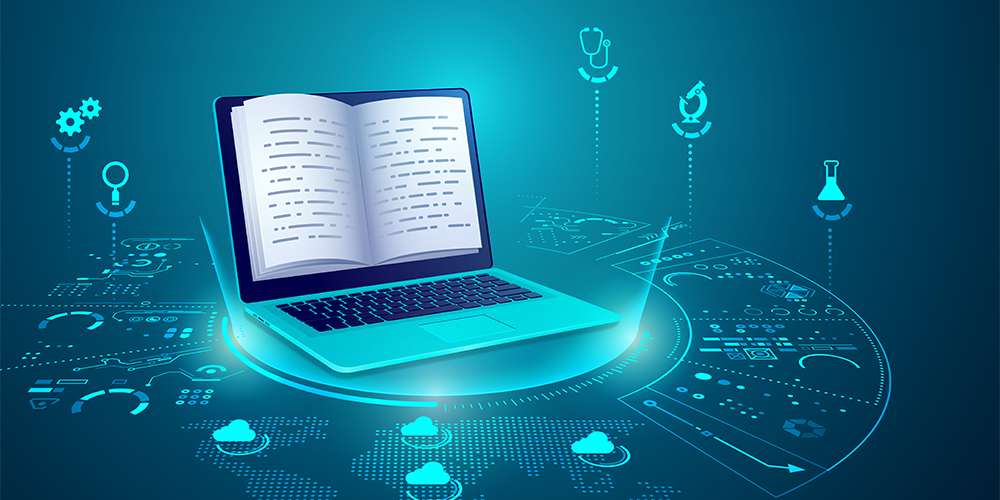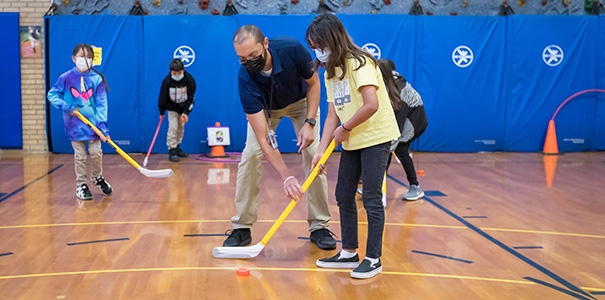
Education technology
In the ever-evolving landscape of education, the fusion of technology and pedagogy has given rise to Education 4.0. This article delves into the transformative role of technology in shaping the future of education. From artificial intelligence (AI) to augmented reality (AR), we explore how these innovations are redefining traditional classrooms and paving the way for a more dynamic and personalized learning experience.
Artificial Intelligence (AI) in Education: Personalizing the Learning Journey
Adaptive Learning Platforms: AI-driven adaptive learning platforms analyze individual student performance and tailor lessons to meet their specific needs. This personalized approach ensures that students progress at their own pace, fostering a deeper understanding of concepts and minimizing learning gaps.
Intelligent Tutoring Systems: Intelligent tutoring systems powered by AI provide real-time feedback and assistance to students. These systems adapt to each student’s learning style, offering targeted support and guidance. The result is an enriched learning experience that goes beyond one-size-fits-all teaching methods.
Augmented Reality (AR) and Virtual Reality (VR): Immersive Learning Environments
AR-enhanced Textbooks: AR transforms traditional textbooks into interactive and engaging learning tools. Students can scan pages with AR-enabled devices, unlocking 3D models, animations, and additional information. This dynamic approach brings subjects like biology, history, and geography to life, making learning a multisensory experience.
Virtual Field Trips: VR opens the door to virtual field trips, transporting students to historical landmarks, outer space, or even the microscopic world. This immersive technology eliminates geographical barriers, allowing students to explore places and concepts that were once beyond the reach of a traditional classroom.
Collaborative Learning Platforms: Fostering Connectivity and Engagement
Online Collaboration Tools: Education technology facilitates seamless collaboration among students and educators. Online platforms enable real-time collaboration on projects, discussions, and group assignments. This interconnectedness prepares students for the collaborative work environments they are likely to encounter in their future careers.
Global Classroom Connections: Technology transcends borders, connecting classrooms worldwide. Students can engage in cultural exchange, joint projects, and discussions with peers from different parts of the globe. This global perspective enhances their understanding of diverse cultures and perspectives.

Assessment and Feedback: Harnessing Technology for Continuous Improvement
Automated Assessment Tools: AI-driven assessment tools streamline the grading process, providing educators with instant feedback on student performance. This efficiency allows teachers to focus on targeted interventions and personalized guidance, fostering a more supportive and responsive learning environment.
Data Analytics for Educational Insights: Educational technology leverages data analytics to gain insights into student progress, learning patterns, and areas that may require additional attention. Educators can use this information to refine teaching strategies and tailor interventions to individual needs.
The Role of Gamification in Education: Making Learning Fun and Interactive
Gamified Learning Platforms: Gamification introduces elements of game design into educational experiences, making learning more engaging and enjoyable. Educational platforms leverage game mechanics, rewards, and challenges to motivate students. This approach not only enhances student participation but also fosters a sense of achievement, turning education into an exciting adventure.
Simulations for Practical Learning: Technology facilitates realistic simulations that allow students to apply theoretical knowledge to practical scenarios. Whether it’s conducting virtual science experiments or managing a simulated business, these interactive simulations provide hands-on experiences, bridging the gap between theory and real-world application.
The Accessibility Revolution: Inclusive Education for All
Assistive Technologies: Technology plays a pivotal role in making education accessible to students with diverse learning needs. Assistive technologies, such as screen readers, speech-to-text tools, and adaptive learning platforms, empower students with disabilities to participate fully in the educational journey. This inclusivity ensures that no one is left behind in the pursuit of knowledge.
Online Learning Resources: The digitization of educational resources has democratized access to information. Students, regardless of their geographical location, can tap into a vast array of online courses, lectures, and study materials. This accessibility is particularly beneficial for individuals in remote areas or those facing barriers to traditional education.
Conclusion: Shaping the Future of Learning
In conclusion, Education 4.0 is not just a buzzword but a transformative paradigm that embraces the fusion of education and technology. From personalized learning powered by AI to immersive experiences through AR and VR, technology is shaping the future of education. As we navigate this digital frontier, it is essential to harness these tools judiciously, ensuring that they enhance, rather than replace, the human touch in education.



